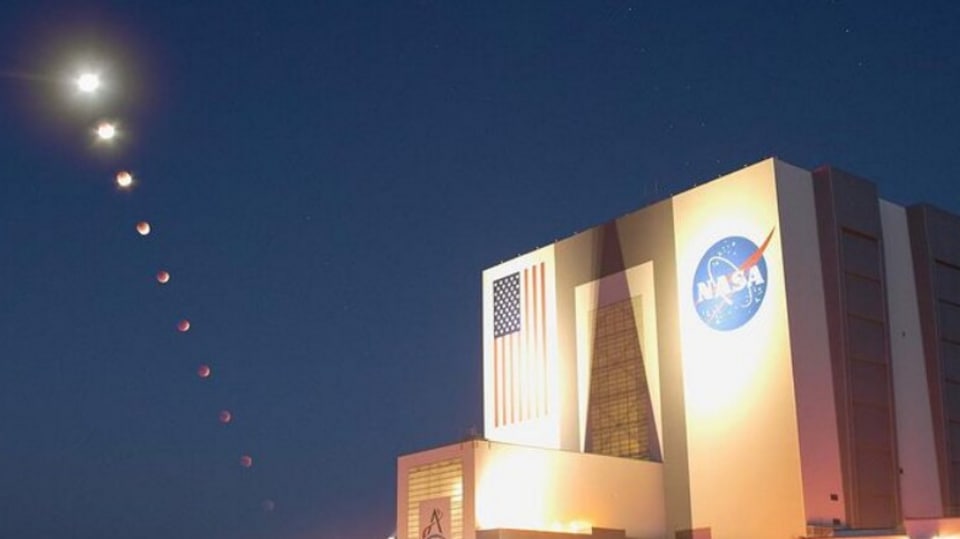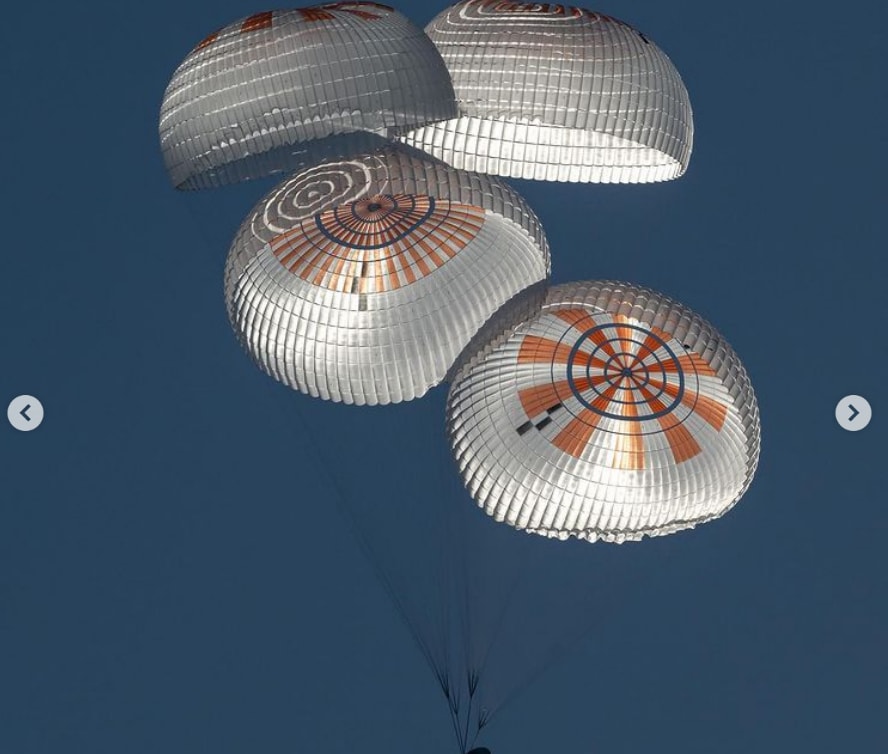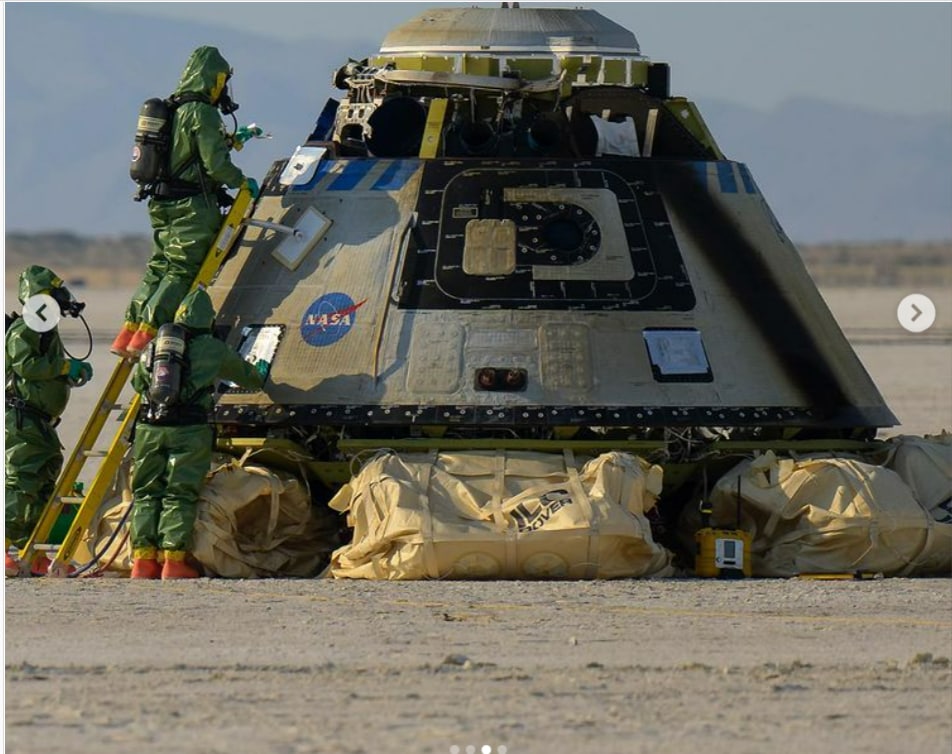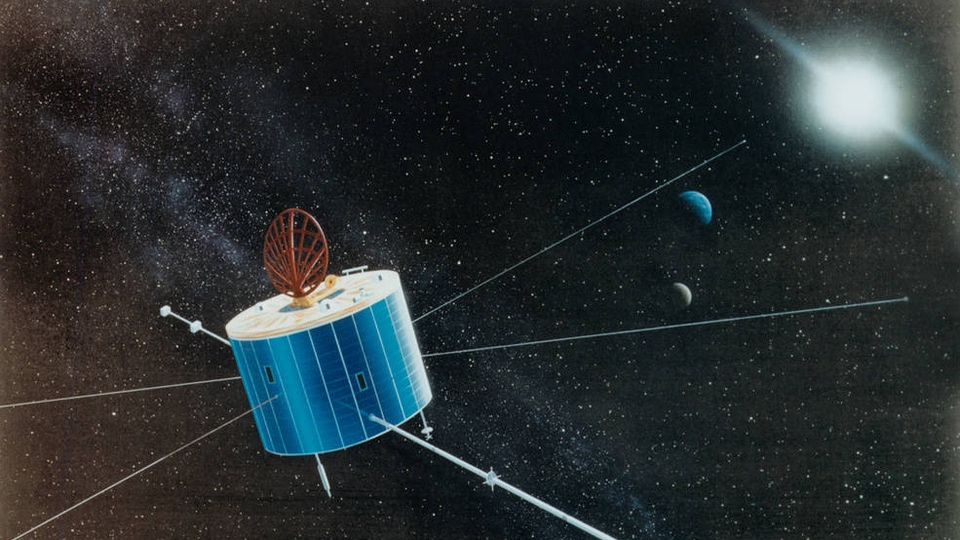NASA's Geotail satellite dies! Tracked solar winds, magnetic storms, auroras for 30 years
After a long journey of 30 years, NASA’s Geotail satellite's Mission has ended. Here’s why.






 View all Images
View all ImagesBack on July 24, 1992, NASA had launched the Geotail Satellite Mission to gather a dataset on the structure and dynamics of the magnetosphere, Earth's protective magnetic bubble. However, it is interesting to note that the satellite was originally planned for a four-year run, but thanks to its high-quality data return, the mission was extended several times in the past. It even contributed to over thousands of scientific publications. Now, after 30 years of service to humanity in orbit, the mission operations for the joint NASA-JAXA Geotail satellite have ended, NASA confirmed in a press release. The mission ended after the failure of the satellite's remaining data recorder.
“Geotail has been a very productive satellite, and it was the first joint NASA-JAXA mission. The mission made important contributions to our understanding of how the solar wind interacts with Earth's magnetic field to produce magnetic storms and auroras,” said Don Fairfield, an emeritus space scientist at NASA's Goddard Space Flight Center. He was also NASA's first project scientist for Geotail until his retirement in 2008.
NASA says that one of the two data recorders of the Geotail failed back in 2012. However, the second one continued to deliver the data until experiencing an abnormality on June 28, 2022. Even after multiple attempts to repair the failed recorder, the mission operations ended on November 28, 2022.
Breakthroughs of NASA's Geotail mission
Geotail collaborated with many other NASA space missions such as MMS, Van Allen Probes, Time History of Events and Macroscale Interactions during Substorms mission, Cluster, and Wind. The orbit of the Geotail took the spacecraft as far as 120000 miles from Earth at times.
Over the period of 30 years, Geotail made many scientific breakthroughs. It helped scientists to understand how quickly solar particles travel from the Sun into the magnetosphere. The mission identified the location of a process called magnetic reconnection, which laid the way for the Magnetospheric Multiscale mission, or MMS launch in 2015. It also helped to provide complementary data from remote parts of the magnetosphere to help scientists understand how events seen in one area affect other regions.
NASA says that Geotail mission may have ended, but the scientific discoveries aren't over! As the data collected by Geotail will be observed in the future.
Catch all the Latest Tech News, Mobile News, Laptop News, Gaming news, Wearables News , How To News, also keep up with us on Whatsapp channel,Twitter, Facebook, Google News, and Instagram. For our latest videos, subscribe to our YouTube channel.
































